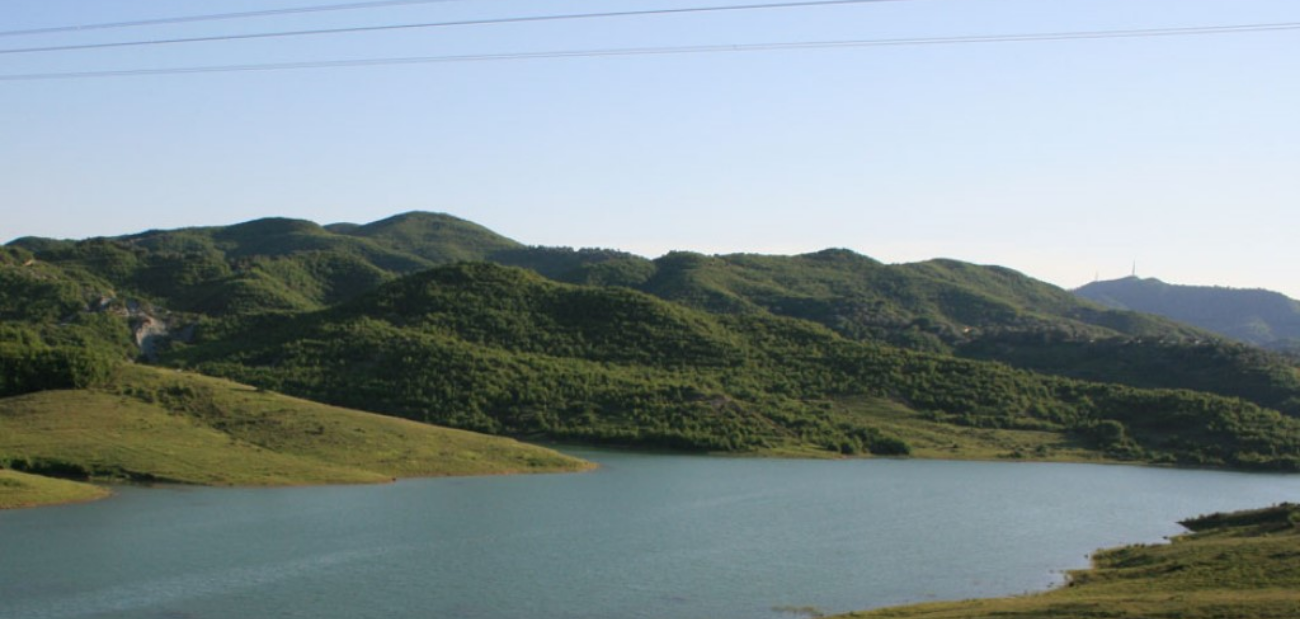
Overview
The territory of Kashar lies on both sides of the motorway Tirana-Durres. In this axis operates the most important businesses for the Albanian economy. The railway line for public and goods transportation lies parallel to the motorway.
Its relief is hilly-flat, where the fields dominate. The relief is hilly - flat with the domination of fields which have a low altitude above the sea level.
The area is rich with artificial lakes: Purez Lake, Kashar Lake, Gjokaj and Mezez Lake and the hilly relief creates an attractive panorama increasing the interest of the local visitors and of the foreign tourists for horse riding, biking, etc.
Some tour operators organize trips by bikes to the villages of Kashar. The vicinity of this picturesque and recreational territory with the inhabited areas create the conditions for different activities outdoors, for camping and the exercising of sports in nature, such as free walking in nature, travelling on mountain bikes, bike races and Rally races as well as touristic excursions.
During these itineraries, the participants learn more about the culture of the region, the cultural heritage, the local traditions, the biodiversity and they also meet and communicate with the inhabitants of the region.
History
Referring to the archaeological findings and the historical events, it is noticed that the habitation of these regions in this area dates back in early times. According to the archaeological discoveries, we learn that limestone tombs which belong to I and II century, were found in Kashar. Their images were carved on them (a man, a woman and a child), with their names in Latin.
Meanwhile during the period of the Ottoman invasion, in the years 1431-1432, it is testified that the villages of this area were registered in the vilayet of Kruja “Akçasihar”.
Kashar became popular in XV century with the battle which was leaded in this area by Gjergj Katrioti Scanderbeg. The humanist and the historian of XV century Marin Barleti wrote that having defeated Ballaban Pasha in Vajkal, Scanderbeg headed to small Tirana. Jakub Arnauti, who had camped in the small Tirana, upon learning that Scanderbeg was coming with his army, moved the camp and positioned it in the extreme pole of Tirana, on a place near a hill there was the village the locals called Kashar (Cassar), where he was defeated. Kashar is exactly in the western extreme of the field of Tirana, positioned on a hill, as Barleti describes it.
Recently, Kashar has become “A protected archaeological area” due to the fact that four rare objects were found in Kus of Kashar region on the hill of “Qafë Qishës” (Qishës Neck): the ruins of e medieval church, a mosque which is more than 300 years old known as the Mosque of Kus, a church which is found in the property of Musteqja family and an ancient graveyard.
Economy and environment
The most important business of the Albanian economy operates in the region of Kashar, such as in the field of service and production. This zone has become an important centre, not only the economic development but even the architectonic one for a long time now. Due to its very favourable position, Kashar has become urbanized with fast rhythms. The drastic development of the area along the interurban axis Tirana-Durres in the construction, architectonic and urban perspective has created a new view with lots of constructions dedicated to industry, transport, services, households, etc. In this area, there are some factories for beer brewing, for meat production and its by-products, the production of soft drinks, some big shopping centres, etc.
During the period of the former communist regime, the villages of this region played the main part regarding the production of different agricultural products that would supply the capital. Kashar and Mezez had an important part in the production of vegetables and fruits. Yzberisht was known for the farming products. The entire region preserves a good tradition in the cultivation of grape, fruit trees and olive trees.
Tradition
Nowadays, the region of Kashar is known for the realization of the traditional outfits. The designer Edlira Sulaj, due to the family talent and tradition has set up in this zone the atelier “Folk Tradition”, remaining loyal to the originality and the artisan way of embroidering the folk costumes. Her exhibition includes 200 traditional outfits of the zone of the other regions of Albania.
The folk costumes made here have been awarded with national and international prizes.











